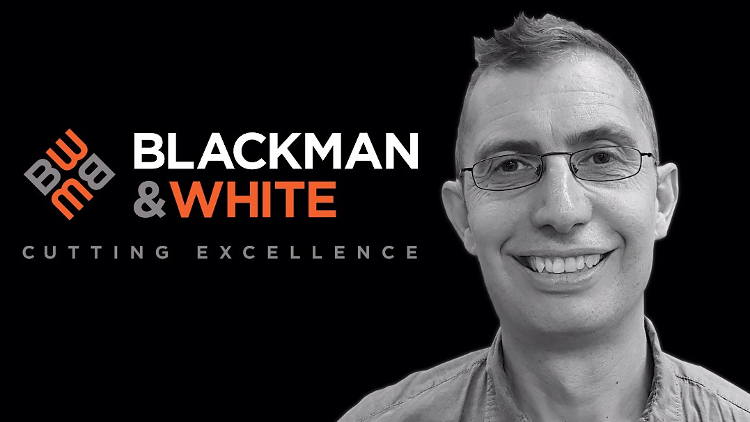Textile printing is in the ascendent, thanks to developments in digital ink technology and a growing customer interest in new textures, unique designs and more environmentally friendly materials. From sports apparel to soft signage to sailcloth, there are a host of opportunities in textiles to explore.
As digital textile printing technology has evolved, so have cutting systems; there's little point in investing in the latest printer if it creates a bottleneck in the finishing department. Laser cutting offers a wealth of benefits for businesses adding textiles to their service offering, chiefly the technology's versatility. Blackman & White built on unparalleled decades of cutting experience to become the first in the industry to add a laser conveyor cutter specifically for textiles, expanding the technology's application potential - which already delivers cutting, creasing and routing of common materials such as vinyl, banner, foam board, Correx, Perspex and Dibond - to offer compatibility with with myriad fabric and technical textiles. The laser is also modular, meaning other tools can be used on the same system, such as a router, driven wheel and electric oscillating knife, to name a few. This enables both scalability and material cutting flexibility.
In short, an investment in a single machine with laser cutting capabilities could accelerate everyday production while future-proofing for entry into new markets, while ticking all the boxes demanded by modern designers and manufacturers: fast processing and production rates, high levels of reliability and minimal maintenance requirements, and an excellent quality finish.
Indeed, it is this easily achievable high-end finish that makes laser-cutting particularly compatible with textiles. It achieves snag-free, sealed edges on a wide range of fabrics, notably synthetics like nylon and polyester, and natural materials including leather, cotton and silk. It can leave a sharp finish even on the most intricate shapes, allowing creative designs on, for instance, backlit displays - adding lighting effects can produce incredibly effective finishes - or 3D-effect displays created by layering cut fabric. Laser finishing leaves no obvious discolouration on dark-coloured textiles, and on light colours this can be minimised by altering the laser power, air pressure and cut speed - all easily done during operation - for seriously impressive output.
In addition to aesthetics, laser cutting offers safety and user-friendly benefits over other cutting methods, thanks to its contactless operation. Rotary wheel cutting may incur accidental lifting or moving of the material, and potentially threads wrapping around the wheels - issues that are removed by laser cutting. And, some fabrics, such as a flag material, can be cut as fast or faster than using a rotary wheel, with no fraying edges. While hot knife cutting can achieve the same quality of sealed edges, this technology can be a time-consuming additional process that can - owing to its contact with the material - can stretch and distort the fabrics, and create hazardous fumes.
Additionally, the contact-free nature of laser cutting means the structure of the fabric is irrelevant - it can be processed in any direction - and there is reduced dust production and no tool wear.
Laser cutting is a clean, precise technology ideally suited to textiles, while also offering functionality on a variety of other substrates. With the added reliability, efficiency and user-friendliness of digital operation, it can open exciting doors across many markets.
By Alex White, Managing Director, Blackman & White





